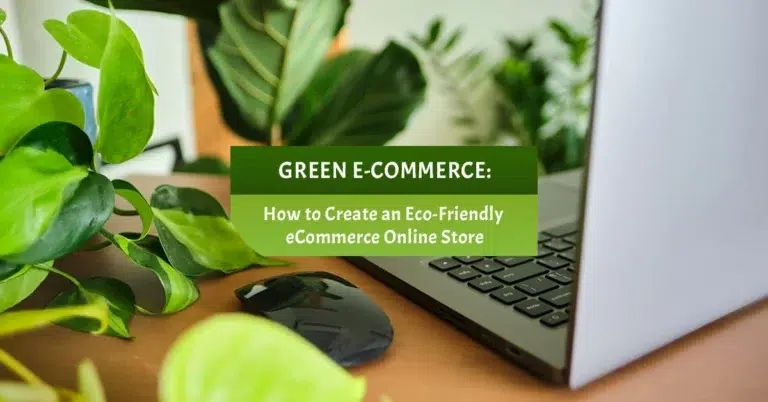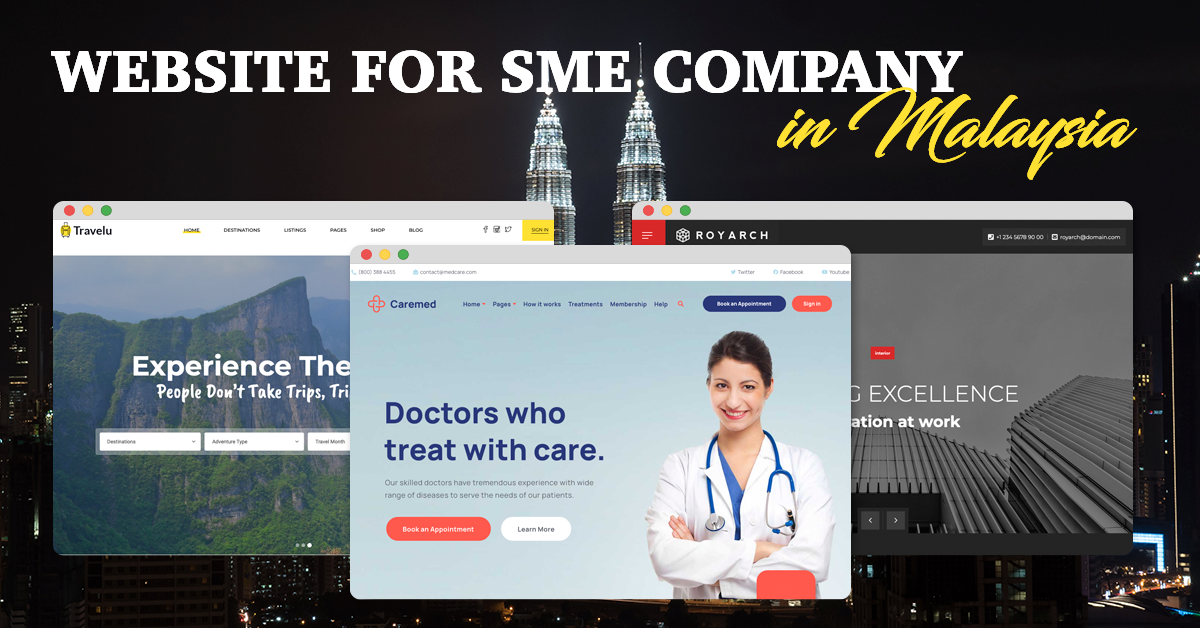
In today’s fast-paced digital age, having a website for sme is indispensable for any SME companies in Malaysia. It is not just about having a few web pages stitched together but creating a robust digital presence that embodies your business’s essence. Whether you’re a new startup or an established player, let’s dive into the myriad of reasons why an engaging website design can make or break your success.

First Impressions Matter for Malaysia SME Company
Your website often serves as the initial point of contact for potential customers. Thus, creating a positive first impression becomes paramount. Just as one would judge a book by its cover, potential website visitors evaluate businesses based on their website designs. The initial few seconds are crucial; they can determine whether the visitor stays or moves on.
A website design that incorporates a harmonious blend of aesthetics and functionality can create a lasting impact. The moment someone lands on your site, your website design is poised for effective communication, conveying the ethos, values, and professionalism of your brand. The use of relevant images combined with interactive elements, such as a dynamic homepage design or striking illustrations, can foster a visually appealing and engaging experience for the visitor.
Moreover, with the surge of websites available at the click of a button, the importance of a captivating website design grows exponentially. A well-crafted website design sets the stage for an immersive user experience. Whether it’s the choice of colours, the flow of design elements, or the interactive touchpoints, every aspect of your website design is a testament to your commitment to quality and excellence.
When your website design resonates with the visitors’ preferences and expectations, it not only holds their attention but also establishes trust. Remember, in today’s context, your website design is much like the storefront of olden days – it’s the first aspect of your business that people notice. Ensuring that this design speaks volumes about your commitment, innovation, and professionalism can make all the difference in converting a casual visitor into a loyal customer.
A compelling website design is not just an aesthetic choice but a strategic one. It plays a pivotal role in setting the tone for the user’s journey, influencing perceptions, and fostering connections. Investing in a high-quality website design ensures that the first impressions you create are not only positive but also lasting.

Professionalism through Web Design: Crafting a Digital Identity
The importance of professional website design cannot be overstated. At the heart of a successful online presence is the synthesis of web design expertise and a clear understanding of a business’s unique essence. A professional website designer possesses the skills and knowledge to articulate a company’s vision into its digital counterpart. By availing professional web design services, businesses can ensure that their own website stands out amidst the vast ocean of generic and common designs that populate the web.
Your own website serves as a virtual business card, a digital storefront, and a platform for interaction, all rolled into one. Therefore, its design should be reflective of the personality you bring to your work. This is where the nuances of website design come into play. Every colour choice, typography selection, and design element contributes to the overall narrative, creating an environment that either invites and captivates visitors or pushes them away.
Additionally, in the sphere of web design, there’s a fine line between trend and timelessness. A professional website designer knows how to strike a balance, ensuring that your own website is both contemporary in appeal and enduring in relevance. They harness the best of website design practices to craft a site that’s not only visually appealing but also functionally robust.
In essence, an experienced professional touch in web design elevates a website from being just another address on the web to a digital destination that exudes credibility, trustworthiness, and excellence. Investing in expert website design is an affirmation of a business’s commitment to quality, a promise of professionalism, and an invitation for engagement to every visitor who lands on its pages.

Enhancing User Experience for Website Visitors
As technology continues to evolve at breakneck speed, the user experience on a website is a decisive factor for success. It’s not enough to have a visually attractive website; the functionality and responsiveness play a crucial role in retaining visitors. This is where the art of creating responsive website designs comes to the fore.
Responsive web design is a design approach that ensures that website designs fluidly adapt to the screen size and device used by the visitor. This is particularly important considering the diversity of devices in use today, from desktops to a myriad of mobile devices. A responsive web design ensures that users have a seamless experience, irrespective of how they access your site. This adaptability is a hallmark of the best websites and is a standard for modern web design.
Moreover, in crafting website designs that resonate with the target audience, user interface and navigation are key. The best websites are those that are intuitive to navigate, where visitors can find what they are looking for with ease. This means strategically planning the layout, ensuring that the most critical information is easily accessible, and that the website pages facilitate an effortless journey through the site.
Interactive elements and relevant images also play a significant role in enhancing user experience. In the realm of engaging website designs, these elements are not just decorative but functional, guiding the visitor through the website in an almost storytelling manner. They contribute to creating a memorable, wonderful experience that encourages visitors to explore further, thus increasing web visitors’ engagement and satisfaction.
Responsive web design also contributes significantly to website traffic and retention rates. Websites that are responsive tend to have lower bounce rates as they cater to the needs of all visitors, regardless of the device used. This adaptability and thoughtfulness in design are often the distinguishing features of the best websites.
The effectiveness of website designs lies not just in aesthetic appeal but in creating responsive web designs that offer an engaging and seamless user experience. By prioritising responsive design, businesses can ensure that their websites are not just visually appealing but also functional, accessible, and welcoming to all visitors. This approach is a cornerstone in crafting the best websites that stand the test of time and technological change.
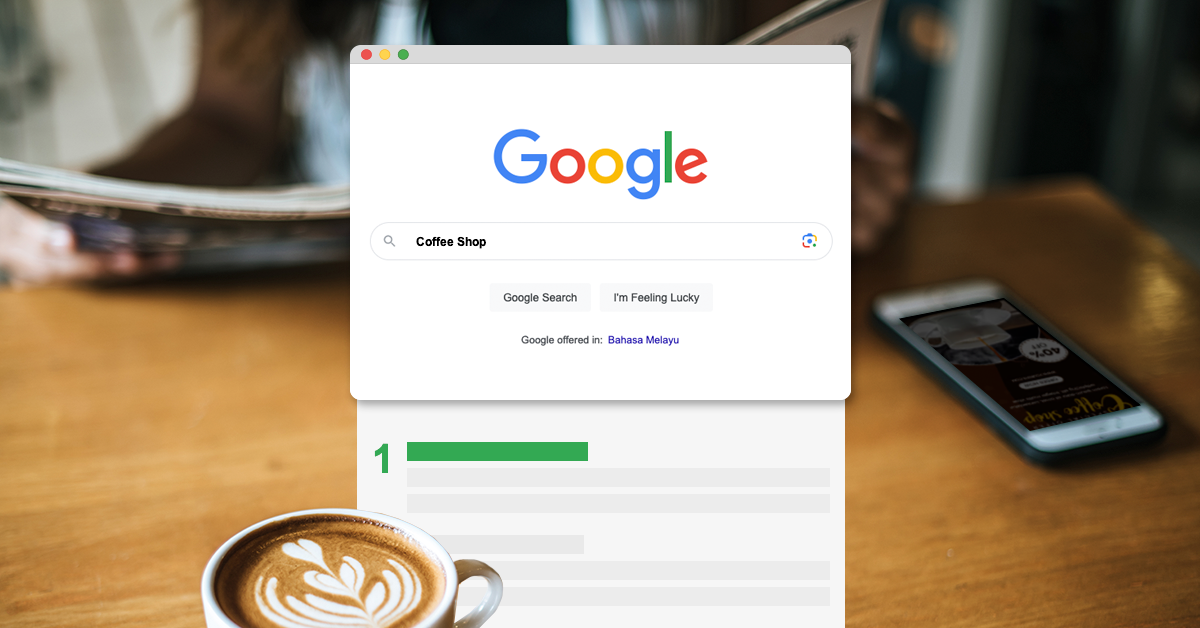
Visibility in Search Engines, High-Ranking Web Pages
One cannot underscore the importance of search engine optimization (SEO). Having a captivating web page design or a stellar website design means little if potential customers can’t find your site amidst the plethora of online offerings. This is where the strategic importance of search engine optimization (SEO) comes to the fore, bridging the gap between your digital presence and your potential audience.
SEO is not merely a set of practices; it’s an integral part of a holistic digital strategy. The essence of SEO lies in optimising website designs and content such that search engines, like Google, can easily identify, understand, and rank the site in search results. A higher rank translates to higher visibility, which subsequently leads to increased traffic and potential conversions.
The intricacies of SEO extend beyond keyword stuffing or generic practices. For instance, a well-optimised web page design takes into account the hierarchy of information, ensuring that vital details are both prominently displayed and easily crawlable by search engines. Moreover, in today’s mobile-first world, search engines give preference to responsive designs that enhance user experience across devices.
Then, there’s the backend component of SEO – the behind-the-scenes tweaks that make a significant difference. By utilising specialised SEO tools, businesses can gain insights into their site’s performance, identify potential areas of improvement, and tailor their strategies to align with current search engine algorithms. These SEO tools delve deep, analysing everything from site speed to backlink quality, providing a comprehensive overview of a website’s search health.
The synergy between SEO and website designs cannot be understated. An immaculately designed site, infused with best SEO practices, ensures that the digital efforts of a business don’t go unnoticed. It ensures that the captivating web page design or the engaging features of a site don’t remain hidden in the vastness of the web but shine brightly on the search engine results, beckoning users to explore, engage, and convert.
In a nutshell, while a striking website design lays the foundation of a digital presence, SEO ensures that this foundation is visible and accessible to all. In the competitive landscape of the online world, where every business is vying for user attention, having a harmonious blend of design and SEO becomes the differentiator, setting a site apart from the crowd and ensuring its digital success.
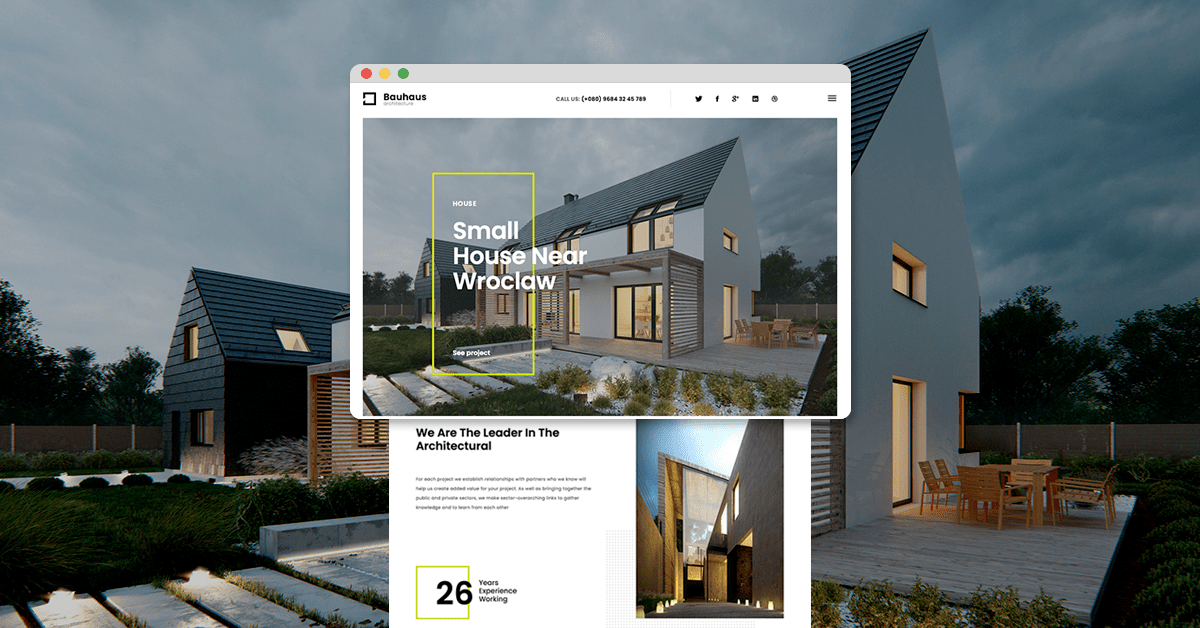
Unlocking Creativity
In the realm of digital experiences, where countless websites compete for the attention of users, standing out is both a challenge and an imperative. Today’s digitally-savvy audience yearns for fresh, novel experiences, making it crucial for businesses to offer something that breaks the monotony. This is where the concept of a unique website, infused with creative website design ideas, becomes a pivotal strategy for online success.
A unique website does more than just present information. It tells a story, embodies a brand’s essence, and offers an immersive experience that’s memorable. Crafting such a website requires a delicate balance between innovation and user-centricity, ensuring that while the site stands out, it remains intuitive and user-friendly.
Ideas for website design play a pivotal role in this journey towards uniqueness. These ideas, whether they stem from visual storytelling, interactive elements, or even the strategic use of white space, contribute to a site’s identity. For instance, award-winning websites often incorporate design ideas that are revolutionary, yet cohesive. These sites do not conform to the norms; they challenge them, setting new benchmarks in design and functionality.
But being unique doesn’t necessitate complexity. Simplicity, when executed with precision, can be as captivating as any high-tech feature. The beauty of website design lies in its versatility. From the minimalistic to the extravagant, every design choice reflects a brand’s persona and its approach towards its audience.
Moreover, an award-winning unique website doesn’t just garner accolades; it drives engagement. Users, intrigued by the innovative approach, tend to spend more time exploring, interacting, and connecting with the content. This engagement, powered by unique website design ideas, becomes the catalyst for conversions, turning visitors into loyal customers.
In conclusion, in the vast sea of online offerings, where many websites often seem like replicas of one another, carving out a distinct identity is vital. A unique website, fueled by innovative design ideas, not only ensures visibility but also fosters connections, making every visit an experience rather than just another online interaction. Investing in such distinctiveness ensures that a brand is not just seen, but remembered, paving the way for digital success.
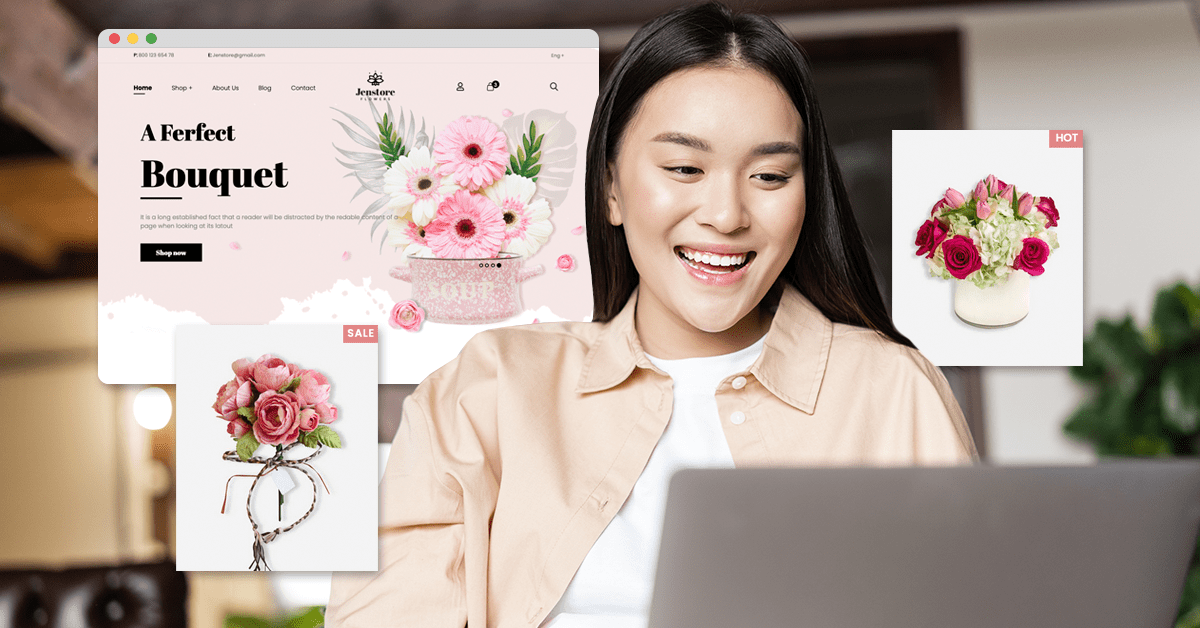
Building Trust with Site Visitors
A beautifully designed site with clear web page design can be a great example of your dedication to quality. An award-winning design process or even a bold blue CTA can act as trust signals, ensuring users click and stay.
As businesses venture into the digital landscape, maintaining a consistent brand identity becomes crucial. This consistency transcends logos, colour schemes, or taglines; it envelops the entire digital experience, ensuring that users feel a sense of familiarity every time they interact with your website. Whether they land on the home page or delve deeper into other sections, every part of the site should echo the brand’s core values, message, and identity.
When users visit a website, they anticipate a smooth, cohesive experience. The home page, often the first point of contact, sets the tone. If the home page design resonates with the brand’s ethos, users are more likely to explore further. Conversely, a disjointed home page can create confusion, pushing visitors away even before they delve deeper into the site.
Beyond the home page, every aspect of the site – from content layout to visual elements – should reflect the brand consistently. This cohesive approach ensures that no matter which part of the site users navigate to, they’re presented with a consistent brand narrative and context. Such a unified approach not only enhances the user experience but also reinforces brand recall. When every touchpoint on the website echoes the same message, it leaves an indelible mark on the user’s mind.
However, achieving this level of consistency requires a keen eye for detail. Every element, whether it’s a call-to-action button, a graphic illustration, or the typography used, should align with the brand’s guidelines. This is not merely about aesthetics; it’s about creating a sense of trust. When users see consistency, they perceive reliability, credibility, and professionalism.
In essence, as the digital realm becomes increasingly competitive, having a standout website is not enough. Businesses need to ensure that their digital presence, from the home page to the deepest corners of the site, is a true reflection of their brand. Investing in creating and maintaining this consistency is not just about aesthetics; it’s a strategic move that can significantly influence user perception, engagement, and loyalty. In the vast digital universe, where fleeting attention is the norm, a consistent and cohesive brand identity can make all the difference.

Inspiration and Innovation
Design inspiration is vital for any business. With the best website design software and the right graphic designers, you can have design examples that inspire. More inspiration can be garnered from top designers, ensuring that your web design is not just another one from the website templates but is a work of art.
As user expectations, technological advancements, and industry trends evolve, businesses must adapt to stay relevant. Whether it’s launching a new website to cater to emerging markets or tweaking the web design to enhance user experience, being agile and responsive is the key to digital longevity.
An up to date website, for instance, isn’t just a fresh facade; it’s an opportunity to re-engage existing customers and attract new ones. As businesses grow and their objectives shift, their online presence should mirror these changes. Maybe the original website was perfect for a startup, but as the company scales and perhaps even pivots its business model, the website should reflect this evolution. An up to date website could embody these changes, presenting a refreshed brand image to the world.
Moreover, the essence of a compelling web design lies in its ability to tell a story. Incorporating striking illustrations, for instance, can capture a user’s attention instantly, conveying complex ideas with simplicity and elegance. A well-placed striking illustration can encapsulate the essence of a brand or the value proposition of a business model, bridging the gap between businesses and their target audience.
Furthermore, as the digital landscape becomes saturated, having a unique web design becomes paramount. It’s not just about aesthetics; it’s about creating a memorable experience that resonates with users. The best web designs are those that blend form with function, offering users an intuitive experience while still captivating them with striking visuals and compelling narratives.
In conclusion, the digital realm is erratic; it’s a dynamic space where change is the only constant. Whether it’s the unveiling of a new website to mark a company’s evolution or the incorporation of a striking illustration to enhance web design, businesses must be willing to adapt and innovate. Embracing change, being receptive to feedback, and staying abreast of industry trends are the hallmarks of a successful online presence. In this era of digital transformation, those who evolve with the times not only survive but thrive.

Functional Aesthetics: Merging Design and Utility
In the world of digital interfaces, there exists a fine line between aesthetics and functionality. The best websites are those that manage to walk this tightrope with finesse, amalgamating captivating web design with user-centric features. It’s a harmonious blend where design elements don’t just serve as visual embellishments but as tools enhancing the overall user experience.
One of the foundational aspects of this blend is the strategic use of design elements. These elements, ranging from colour palettes to typography, play a pivotal role in shaping the user’s journey through a website. A well-chosen colour scheme, for instance, can evoke specific emotions, guiding users subconsciously towards desired actions. Similarly, the correct use of typography can enhance readability, ensuring that the message is conveyed effectively.
Yet, aesthetics alone can’t guarantee a stellar user experience. This is where built-in features come into play. The integration of intuitive design tools, for example, allows users to customise their interactions, tailoring the website experience to their preferences. Whether it’s a customizable dashboard for frequent users or a dynamic content filter for e-commerce sites, these built-in features, powered by advanced design tools, elevate the user experience, making interactions seamless and personalised.
Moreover, in today’s competitive digital landscape, merely having a functional and beautiful website isn’t enough. It must also align with a brand’s marketing strategies. For instance, if a brand’s marketing strategy revolves around content marketing, the web design should prioritise content discoverability, incorporating features like dynamic search bars, related content suggestions, or even interactive content previews.
In essence, the magic of a successful website lies in its ability to merge aesthetics with utility. While design elements set the visual tone, built-in features, powered by innovative design tools, ensure that users can navigate, interact, and engage with ease. In an era where user expectations are constantly evolving, businesses must leverage both design principles and technological advancements to stay ahead. By intertwining web design with functional features and aligning them with broader marketing strategies, businesses can create websites that are not only visually compelling but also functionally robust, ensuring sustained user engagement and loyalty.

Creating a Unique Brand Identity
Every SME company wants to stand out. Through customised web design and responsive design tailored to your needs, your site can reflect your brand’s ethos. The use of own images, white space optimization, and interactive visual storytelling can set your site apart.
In the digital age, where countless websites vie for the attention of users, simply drawing visitors isn’t enough. The true measure of a website’s success lies in its ability to engage and retain these users. A sophisticated web design plays a crucial role in this engagement, ensuring that online visitors are not just passive observers but active participants in the online experience.
One of the most prominent sectors that underscore the importance of user engagement is ecommerce. An ecommerce website, for instance, relies heavily on design elements that not only showcase products attractively but also simplify the buying process. From clear product images to intuitive navigation tools, the web design of ecommerce sites focuses on guiding online visitors smoothly from browsing to checkout. Any hurdles, whether in product search or payment procedures, can lead to cart abandonment, emphasising the need for impeccable design.
Moreover, in the quest to offer a unique experience, the best designed websites often go beyond the conventional. They introduce online visitors to new page structures, innovative scrolling techniques, or even immersive multimedia experiences. A new page on such websites isn’t just another link; it’s a fresh adventure, encouraging visitors to explore, interact, and immerse themselves further.
However, while innovation is crucial, user familiarity shouldn’t be entirely disregarded. Striking a balance is key. While it’s essential to incorporate the latest web design trends to keep things fresh and exciting, it’s equally vital to ensure that site visitors don’t feel lost or overwhelmed. The best designed websites manage to combine innovation with intuitiveness, offering an experience that’s both novel and comfortable.
In conclusion, as the digital landscape continues to evolve, so do user expectations. Websites are no longer static brochures; they’re dynamic platforms aiming to captivate visitors at every turn. Through strategic web design, especially in sectors like ecommerce, businesses can enhance user engagement, ensuring that every new page offers a fresh yet familiar experience. In this competition for attention, it’s not just about attracting eyes; it’s about captivating hearts and minds, turning fleeting visitors into loyal brand advocates.
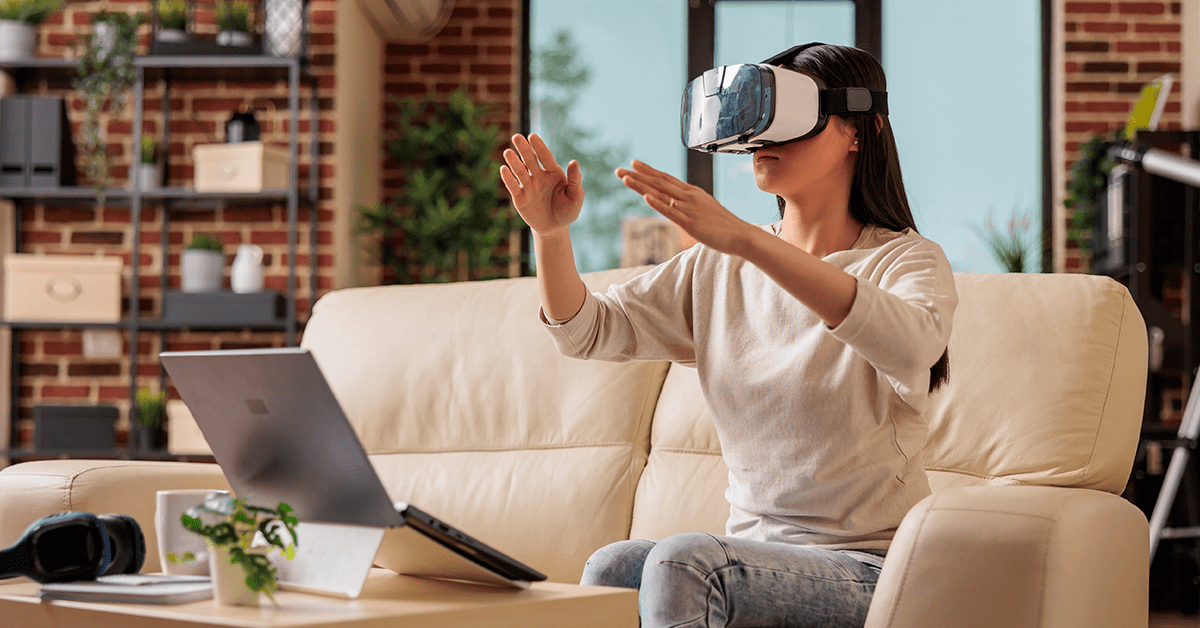
Future-Ready Business
Incorporating the best features from web designs, be it a phone calls feature or design elements like visual design, ensures that your website is future-ready. With top-notch web development, including unique design services and homepage design expertise from a design company, your SME can stay ahead of the curve.
Decisions should never be based solely on aesthetics or intuition. Modern web design transcends captivating visuals; it is rooted in data and driven by user behaviour. By harnessing valuable insights derived from user interactions, businesses can refine their website, ensuring it not only looks appealing but also resonates with its audience.
One of the cornerstones of data-driven web design is the ability to gather valuable insights from users. These insights, often derived from tools like analytics, heatmaps, or user surveys, offer a comprehensive view of how users interact with a website. From which pages they spend the most time on, to what content they engage with, these insights provide a clear picture of user preferences and behaviours.
These valuable insights can then be used to inform design decisions. For example, if data indicates that users frequently drop off at a particular step in a sign-up process, businesses can reevaluate that segment of the web design to identify potential pain points. Similarly, if a piece of content consistently garners high engagement, it might be worth featuring it more prominently on the site.
Moreover, as businesses strive to make their mark in the digital landscape, they cannot operate in silos. Their own site is a pivotal part of a larger digital ecosystem, and integrating it with other marketing tools can amplify its effectiveness. For instance, insights derived from email marketing campaigns can influence web design updates, ensuring a cohesive user experience across different touchpoints. By integrating the website with other marketing tools, businesses can ensure consistent messaging, optimise user pathways, and drive higher conversions.
In essence, modern web design is as much an art as it is a science. While aesthetics play a crucial role in drawing users in, data and insights determine how they engage, interact, and convert. By grounding design decisions in valuable insights and seamlessly integrating their own website with any marketing tool, businesses can craft websites that not only look good but also perform exceptionally, driving user engagement, satisfaction, and loyalty.
Wrapping Up – Designing the Website for SME
A website is more than just a digital placeholder for your business. It’s an embodiment of your brand, values, and the value you offer to your customers. With sites becoming a crucial component for small businesses, investing in the best website design and seeking expertise from professional website designers is paramount.
For any SME company in Malaysia, a site that is beautifully designed, interactive, and offers an engaging experience is not just a desire but a necessity. With the right web design company, site design, and web design services, you can ensure that your business stands out, reaches its target audience, and achieves the success it deserves.
Thanks for reading, do feel free to reach out to us if you need stellar website design.



